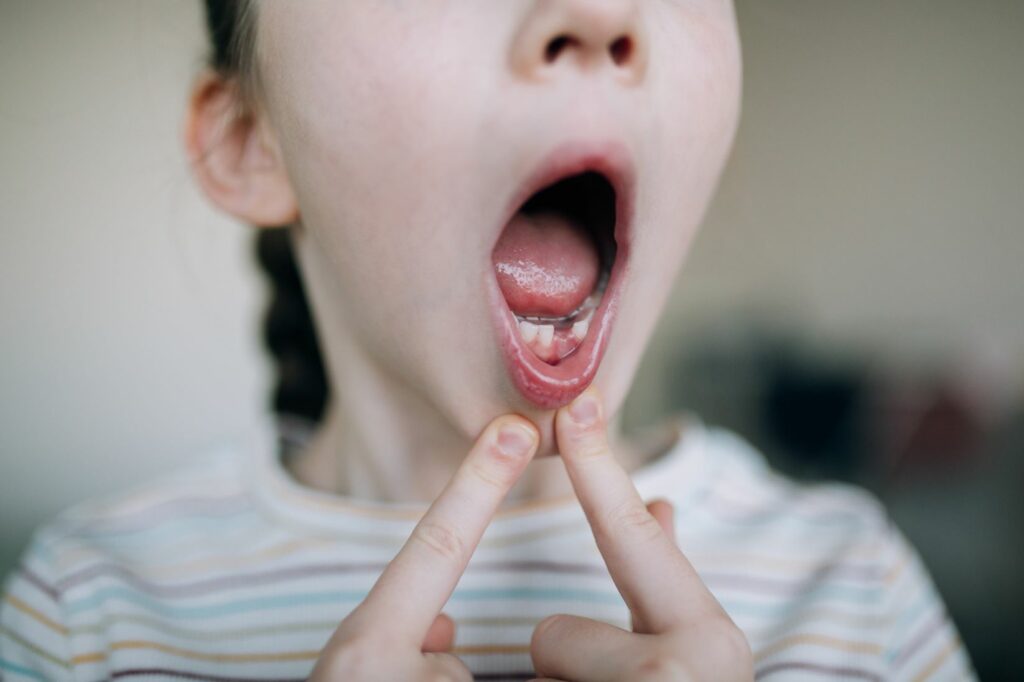Introduction
In the realm of education and learning, especially within child care settings, emergency situations can emerge anytime. Comprehending prompt reaction responsibilities is vital for teachers, caretakers, and moms and dads alike. Not only does it incorporate basic emergency treatment expertise, yet it also involves a series of protocols and abilities that need to be mastered to guarantee the safety of youngsters. From handling minor injuries to carrying out an EpiPen during an allergic reaction, this extensive guide will certainly explore the myriad obligations that include prompt responses in instructional environments.
Immediate Reaction Responsibilities: What to Do When Emergency situations Arise
The term "immediate feedback duties" refers to the activities and decisions that require to be taken when an emergency occurs. These situations can vary from small incidents like play area incidents to much more severe circumstances involving clinical emergencies. The emphasis right here is on fast reactions that can dramatically influence the end result for kids involved.


Understanding Emergency situation Scenarios in Education
Emergency situations can vary extensively in nature and seriousness. Some common instances include:

- Choking Incidents: Children may unintentionally choke on food or tiny objects. Allergic Reactions: Instances needing EpiPen management due to extreme allergies. Minor Injuries: Scrapes, cuts, and contusions from play. Medical Emergencies: Asthma strikes or seizures that require prompt attention.
Recognizing Bronchial asthma Signs and symptoms in Children
Asthma is a prevalent problem amongst youngsters and recognizing exactly how to recognize its signs can conserve lives. Common indications include:
- Coughing frequently Shortness of breath Wheezing sounds when exhaling Chest tightness
Choking Prevention Methods for Educators
Preventing choking occurrences need to be a concern in academic setups. Right here are some efficient strategies:
Age-Appropriate Foods: Make sure that food given is suitable for kids's ages. Supervision Throughout Meals: Constantly screen children while they eat. Education on Food Choices: Educate children about foods that posture choking hazards.EpiPen Administration Protocols
When handling allergic reactions, EpiPens can be life-saving devices. Here's how to carry out one:
Remove the EpiPen from its case. Hold the EpiPen firmly and remove the safety and security cap. Press the tip versus the outer thigh till it clicks. Hold it in place for about 10 secs prior to removing.Managing Minor Wounds Effectively
Injuries are inescapable when taking care of energetic children; thus, understanding how to handle small wounds is necessary:
Clean the wound with soap and water. Apply a disinfectant solution. Cover with a clean and sterile bandage.Child Defibrillation Guidance
For significant situations where a child might experience cardiac arrest, recognizing how to utilize an AED (Automated more info External Defibrillator) is crucial:
Turn on the AED and comply with voice prompts. Attach pads as indicated on the device. Ensure no person is touching the child prior to delivering a shock if recommended by the AED.Building Educator Self-confidence With Training
Educators play a crucial role in emergency action scenarios; hence it's critical they feel confident in their abilities:
HLTAID012 Qualification Australia Overview
The HLTAID012 qualification equips educators with essential emergency treatment skills tailored especially for instructional atmospheres:
- Duration of training generally spans over a number of hours consisting of both composed and sensible components. It covers subjects such as CPR techniques, taking care of injuries, and case reporting protocols.
Written vs Practical Parts of First Aid Training
Training programs like HLTAID012 comprise both academic expertise and hands-on technique:
|Element|Summary|| --------------------|--------------------------------------------------|| Composed|Understanding protocols, legislations, and procedures|| Practical|Hands-on technique making use of mannequins or simulation|
Renewal Timelines for First Aid Certifications
Staying upgraded with emergency treatment certifications is crucial for educators:
- Most certifications call for revival every three years. Regular updates keep educators well-informed regarding new methods or adjustments in protocols.
Childcare Centre First Aid Package Essentials
A well-stocked emergency treatment set is cpr refresher express course important in any child care centre setting:
Essential Things Include:
Band-aids of numerous sizes Antiseptic wipes Gauze pads Adhesive tape Disposable gloves ScissorsFirst Help Fundamentals for Parents
Parents have to additionally be furnished with necessary emergency treatment expertise:
Know exactly how to deal with high temperatures effectively. Recognize signs and symptoms of dehydration or heat exhaustion throughout hot weather. Create a home-based first aid set customized for childhood needs.
Childcare Safety Threats Assessment
Regular analyses aid recognize prospective dangers within child care settings-- some usual threats consist of:
Slippery floors Sharp things within reach Playground equipment security checksRegularly reviewing these dangers ensures security criteria are regularly maintained.
FAQs About Immediate Action Responsibilities
1) What should I do if a child chokes?
- Administer back strikes complied with by abdominal drives if they can not take a breath or speak.
2) Just how commonly should I restore my HLTAID012 certification?
- Every 3 years according to Australian regulations.
3) What items are essential for a childcare first aid kit?
- Band-aids, bactericides, gauze pads, scissors, non reusable handwear covers must all be included.
4) Exactly how can I stop play area mishaps?
- Conduct routine inspections of play ground devices and manage children throughout playtime actively.
5) What are asthma activity plans?
- A customized strategy established with doctor describing steps to take during a bronchial asthma attack.
6) Just how do I acknowledge signs of allergic reactions?
- Look out for hives, swelling around the face or mouth, difficulty breathing or wheezing sounds; act quickly!
Conclusion
Immediate response responsibilities are not merely jobs; they personify a commitment to securing youngsters's wellness and health within instructional settings. By recognizing procedures connected to choking prevention, EpiPen management, small wound administration, and extra-- teachers can effectively react when emergency situations develop while with confidence developing trust amongst parents and stakeholders alike.
By staying informed via accreditations like HLTAID012 give first aid in education and learning programs and maintaining first aid online cpr certification courses kits stocked-- every person plays a part in producing protected discovering environments for development and expedition while making sure every child's safety continues to be paramount!